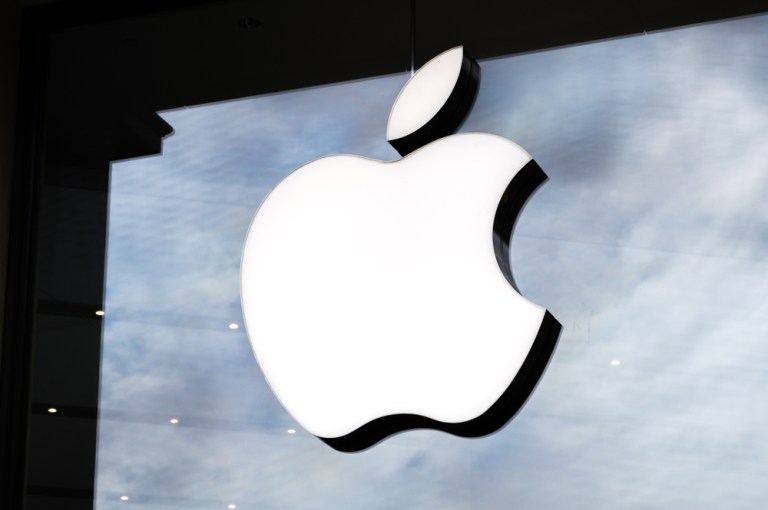
For Apple, the smartphone production cuts may be a tell on consumer fickleness – or just much sound and fury, signifying nothing.
As with just about everything in life, time will tell.
News comes Monday from Nikkei, as cited by ZDNet, CNBC and a host of other sites, that the tech behemoth has told at least some of its suppliers – including the iPhone assemblers Foxconn and Pegatron – not to gear up efforts to boost iPhone XR production.
Nikkei reports anonymous sources that give a sense of how, at least allegedly, production directives have been toned down. Consider this quote from one of the unnamed sources: “For the Foxconn side, it first prepared nearly 60 assembly lines for Apple’s XR model, but recently uses only around 45 production lines, as its top customer said it does not need to manufacture that many by now.”
The company itself has said that it will not disclose unit tallies of its phone sales. The anonymous statements may mean a lot, or they may mean little. Said ZDNet, Apple always revamps production schedules and capacity in the wake of a new product debut, and perhaps it should be assumed that this time is no different.
Means a Lot … or Maybe a Little
“History is littered with ‘Apple cuts production’ headlines that meant little,” noted ZDNet. In the meantime, trade press reports state that other production lines have gotten a boost, notably tied to the iPhone 8 and iPhone 8 Plus. It could indeed be the case that production, volume, demand and, of course, top-line growth is simply shifting from one place to another. Maybe.
But maybe not. There’s the old saying that you cannot always offset costs on volume. Consumers may indeed be shifting to the cheaper iPhones (note that the XR has a starting price tag of $749) and walking away from the iPhone XR, as the older lines got $100 price cuts when the higher-end phones were launched. (It is worth reminding readers, too, that the XR has a price tag that seems almost, well, cheap compared to the XS, where the starting price is $999 and the XS Max is $1,099).
Amid the Nikkei-sourced news, shares in Apple slipped below the $200 mark and then rebounded. At this writing, they are a bit above $203. Despite the bounce, shares are off high single digits since the company’s earnings report last week. At what might be a hint of a smartphone slowdown, the December revenue outlook was below the Street, as Apple management guided to top lines of $89 billion to $93 billion, which falls just shy of the $93 billion projected by the Street headed into the call.
Tim Cook’s remarks during the conference call with analysts delved a bit into the soft guidance that the company is seeing “pressure” in markets such as Turkey, India, Brazil and Russia, emerging areas where “currencies have weakened over the recent period. In some cases, that resulted in us raising prices and those markets not growing the way we would like to see.” To get a bit more granular, business in India was flat, said management, while Brazil was down “somewhat” compared to last year. Emerging market consumers, it stands to reason, might embrace phones with lower price points – but we won’t know in the wake of the new strategy of not releasing phone-specific stats.
And in detail that is smartphone-specific, Cook said later on the call that overall, “the XS and XS Max got off to a really great start, and we’ve only been selling for a few weeks. The XR we’ve only had out there for, I guess, five days or so at this point, and so we have very, very little data there. Usually, there is some amount of wait until another product shows up … but in looking at the sales data for XS and XS Max, there’s not obvious evidence of [any impact to the XS and XS Max from buyers waiting for the XR] in the data, as I see it.”
Indeed, it seems it’s the other way around, if Nikkei is to be believed.
For the December quarter and the all-important holiday season, the ASP is the key, and a skew toward healthy iPhone XS/XS Max sales could bring some cheer upon the December quarter results, overshadowing any XR hiccups in production or demand. The recent announcement from Apple that it will not disclose the volume of those (or any) phones means there only remains a general (revenue) trend to follow, rather than gaining insight into which smartphones people are buying and where.
It’s an apt strategy, then, to pay attention to the app strategy in the quarters to come. As detailed here, management is eyeing the ecosystem, where subscription models for all sorts of software are supposed to help displace the reliance on hardware – and where recurring services revenue can boost top and bottom lines, with the aid, perhaps, of additional charges levied on its installed base of smartphone-wielding devotees.
If iPhones underwhelm, then, can recurring revenue streams make for robust top lines, sanguine earnings commentary and happy investors? As stated above, time will tell.